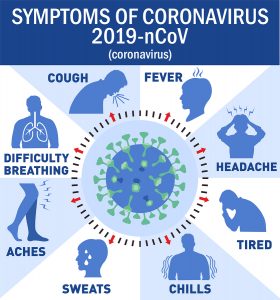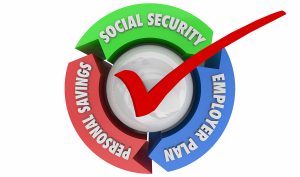Posted on Friday, 10th April 2020 by Dennis Damp
 Print This Post
Print This Post
UPDATED 9/1/2024
OPM, as of May 2024, has an inventory of just over 14,000 claims to process. They received 6,751 claims in May and processed 8,793. There is a backlog of 15,797 applications waiting to be processed as of jULY 2024.
It is now taking an average of 60 days to process retirement applications. Of the many cases processsed each year around 10 percent on average have errors that can significantly delay application processing. The employee must work with their HR office to confirm creditable service and review their application thoroughly before it is sent to OPM.
Sign up for a complimentary retirement planning session
and a FREE retirement planning report
The Application Preocess
Use our Retirement Planning Guide to help you through the process. It should be noted that OPM can take six months or longer to process a retirement application if information is missing or problems are encountered. Federal employees must have sufficient cash available and be financially prepared when retiring to allow OPM to complete a final adjudication of their claim.
OPM indicates that annuitants will receive an interim payment of approximately 90% of their expected NET monthly payment, less federal income tax withholdings. NET payments equal what is remaining after deducting health care and life insurance premiums from the gross amount. I received an interim payment of 70% and my claim was processed in 90 days when I retired back in 2005. Retirees may receive interim payments for less than they anticipated due to a number of factors.
How to Reduce Processing Delays
To reduce processing delays, submit your application in advance and confirm that your Official Personnel Folder (OPF) is complete. Request a copy of your electronic OPF (eOFP) to keep with your retirement records after you leave federal service. If you submit your paperwork early, your personnel and payroll offices will be able to complete their action before your retirement date.
OPM reported that a number of factors cause reduced interim payments or prevent OPM from initiating interim payments. These factors include:
- Court orders that are on file at OPM. Court orders can contribute to as much as a 50% reduction in interim payments. Check out our Divorce Forum for clarifications and informative articles on this subject.
- Part time service
- Unpaid military deposits
- When a redeposit wasn’t paid for refunded service creditable towards disability retirement
- Employees entitled to special retirements for LEO, FF, ATC or other special retirement programs
- CSRS offset applicants with 90 days of or over the age of 62
- Non-deduction service performed after 10/1/1982 creditable under CSRS where the deposit has not been paid in full
- Deposits have not been paid for FERS creditable non-deduction service
- VA part time direct medical solutions (DMS) physicians, including doctors, scientists, and surgeons
- Refunded service creditable towards CSRS non-disability retirement ending on or after 3/1/1991 where the deposit has not been paid
- Excess LWOP
- Service that is unverified or missing
- Where an insurable interest survivor election is made
- When no survivor election is made
- Receipt of military retired pay
Start Your Application Package Early
There are a number of actions to take long before you retire to expedite retirement application processing. If you work closely with your agency’s retirement coordinator to ensure your application is processed timely and accurate, the chance of delay is dramatically reduced.
Helpful Planning Tools
- 2020 GS Pay Scales
- Retirement Planning For Federal Employees & Annuitant
- Receive a FREE Retirement Planning Report
- Financial Planning Guide
- Budget Work Sheet
- Medicare Guide
- Social Security Guide
- Master Retiree Contact List (Important contact numbers and information)
- 2020 Leave and Schedule Chart (Use this chart to set target retirement dates.)
- Annuity Calculator (FREE Excel chart estimates annuity growth)
Disclaimer: Opinions expressed herein by the author are not an investment or benefit recommendation and are not meant to be relied upon in investment or benefit decisions. The author is not acting in an investment, tax, legal, benefit, or any other advisory capacity. This is not an investment or benefit research report. The author’s opinions expressed herein address only select aspects of various federal benefits and potential investment in securities of the TSP and companies mentioned and cannot be a substitute for comprehensive investment analysis. Any analysis presented herein is illustrative in nature, limited in scope, based on an incomplete set of information, and has limitations to its accuracy.
The author recommends that retirees, potential and existing investors conduct thorough investment and benefit research of their own, including detailed review of OPM guidance for benefit issues and for investments the companies’ SEC filings, and consult a qualified investment adviser. The information upon which this material is based was obtained from sources believed to be reliable, but has not been independently verified. Therefore, the author cannot guarantee its accuracy. Any opinions or estimates constitute the author’s best judgment as of the date of publication, and are subject to change without notice. The author explicitly disclaims any liability that may arise from the use of this material.
Posted in ANNUITIES / ELIGIBILITY, BENEFITS / INSURANCE, ESTATE PLANNING, FINANCE / TIP, RETIREMENT CONCERNS, SURVIVOR INFORMATION
Comments (0)|  Print This Post
Print This Post













